The future of construction: sustainable building practices
Sustainable construction refers to the adoption of building practices that are environmentally responsible and resource-efficient throughout a building's life cycle. This approach aims to reduce the environmental impact of buildings by optimizing the use of materials, energy, and development space.
The construction industry is a significant contributor to environmental degradation, making sustainability not just a trend but a necessity. By embracing sustainable practices, the industry can mitigate its impact on the environment, while also addressing the growing demand for green buildings from an eco-conscious clientele.
Key Trends in Sustainable Building Practices
One of the cornerstones of sustainable construction is the use of green building materials. These materials are sourced, processed, and manufactured with minimal environmental impact. They often include recycled content, natural products, and locally sourced materials, which help to reduce transportation emissions and support local economies.
Energy efficiency is at the forefront of sustainable construction. Buildings are designed to minimize energy consumption through better insulation, high-efficiency HVAC systems, and the integration of renewable energy sources such as solar panels and wind turbines.
Water conservation is another critical aspect of sustainable construction. Techniques such as rainwater harvesting, greywater recycling, and the installation of water-efficient fixtures are becoming increasingly common in modern buildings.
Effective waste reduction and management strategies are essential in sustainable construction. This includes minimizing construction waste, promoting recycling and reuse of materials, and responsible disposal of non-recyclable waste.
Innovative Technologies Shaping Sustainable Construction
Building Information Modeling (BIM) is revolutionizing the construction industry by enabling better planning, design, construction, and management of buildings. BIM facilitates the creation of digital representations of physical and functional characteristics of buildings, which helps in making more informed decisions regarding sustainability.
3D printing technology in construction allows for precise and efficient material usage, reducing waste and enabling the creation of complex, resource-efficient designs that were previously not possible.
Smart building technologies incorporate sensors, automation, and Internet of Things (IoT) devices to optimize building operations and maintenance. These technologies can significantly reduce energy and water consumption, contributing to the sustainability of buildings.
Regulatory Framework and Certification Systems
International standards and local regulations play a crucial role in promoting sustainable construction practices. They set benchmarks for energy efficiency, emissions, and the use of sustainable materials, pushing the industry towards greener practices.
Green building certifications such as LEED, BREEAM, and the WELL Building Standard provide frameworks for assessing the sustainability of buildings. These certifications encourage developers and builders to adopt sustainable practices and offer a competitive edge in the market.
Challenges and Opportunities in Sustainable Construction
Despite the clear benefits, there are challenges to adopting sustainable construction practices, including higher upfront costs, lack of awareness, and resistance to change. However, with the right strategies and incentives, these barriers can be overcome.
Financial incentives such as tax rebates, grants, and subsidies can encourage the adoption of sustainable practices. Additionally, the increasing market demand for green buildings is driving the construction industry to innovate and invest in sustainable solutions.
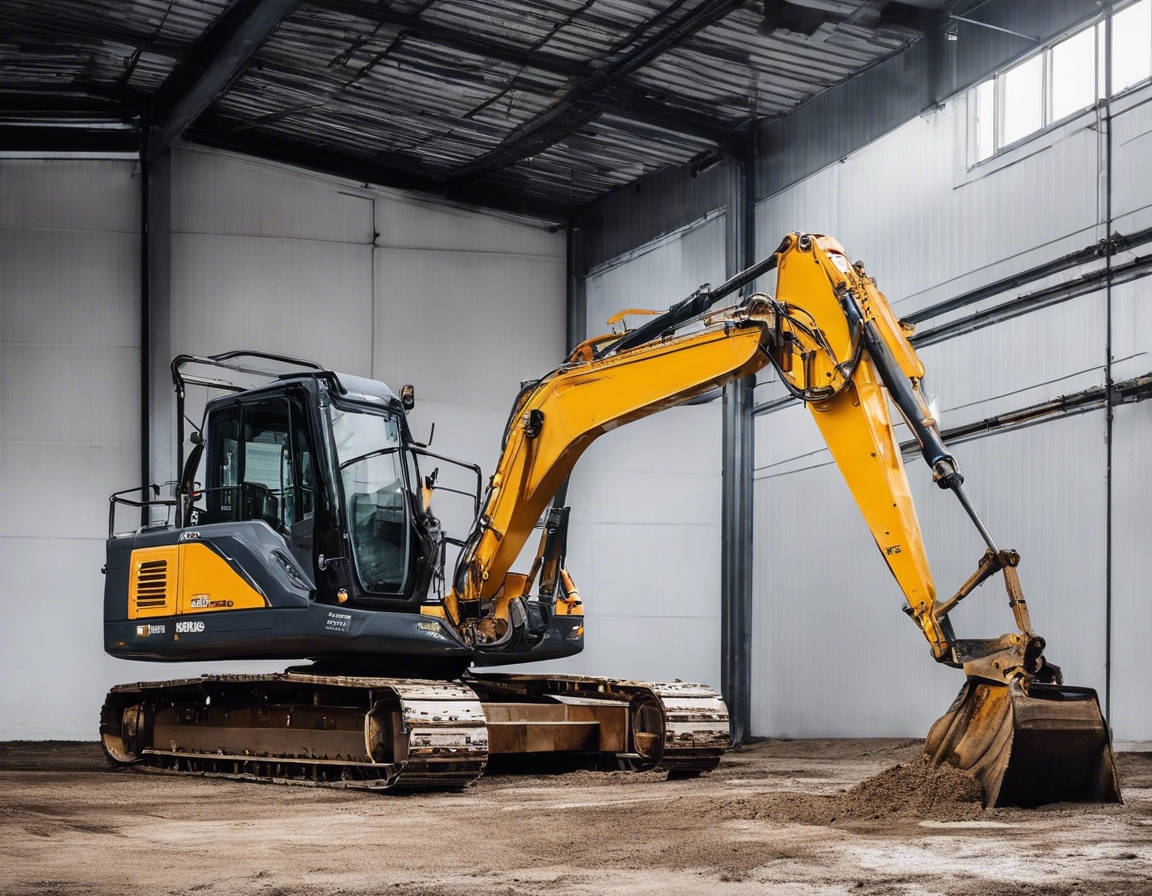
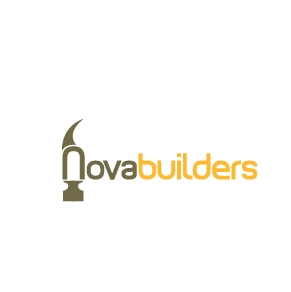
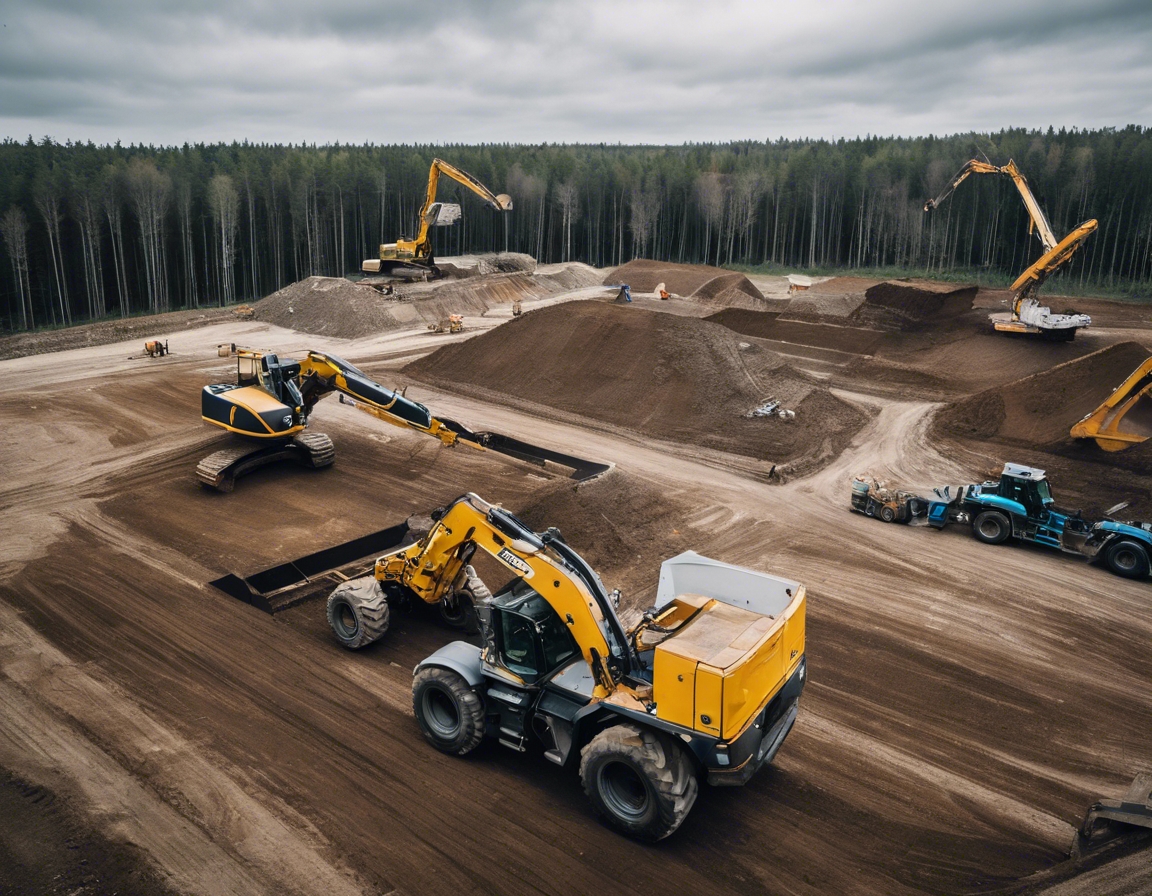

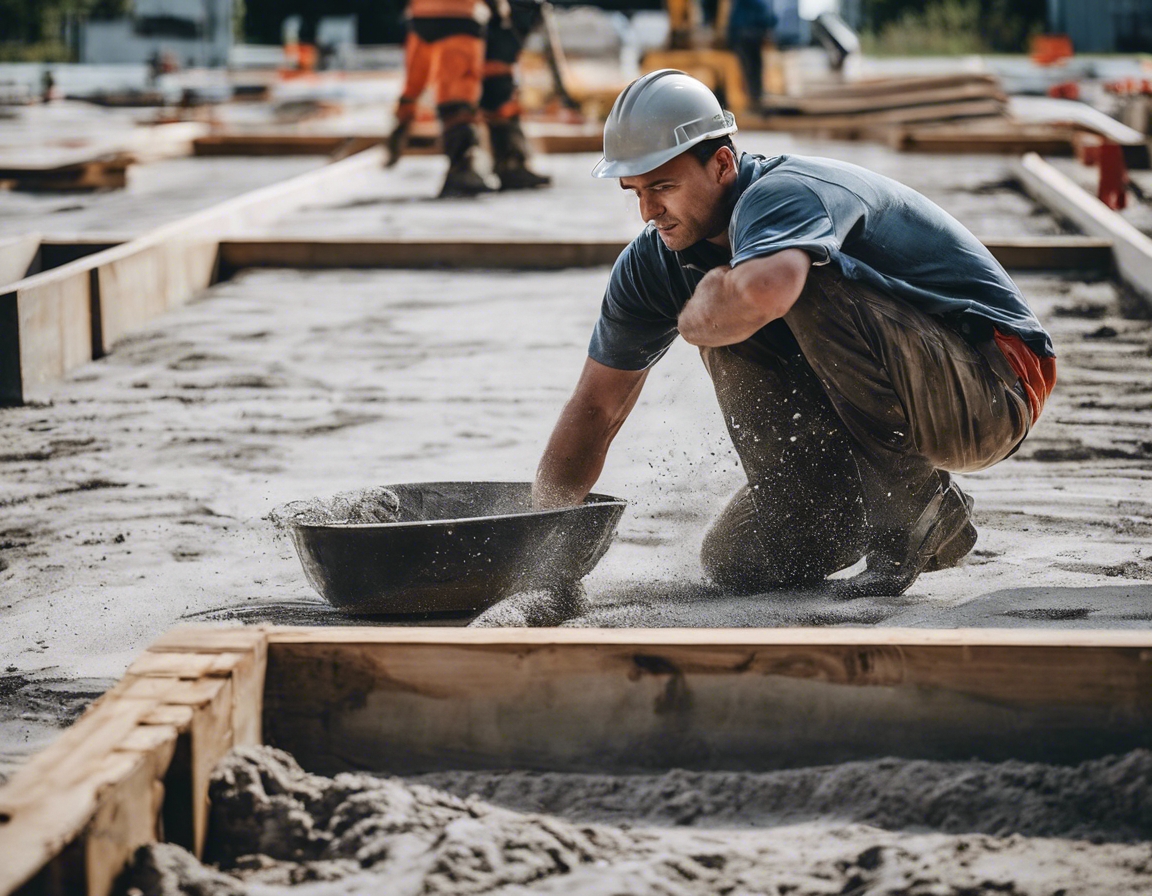
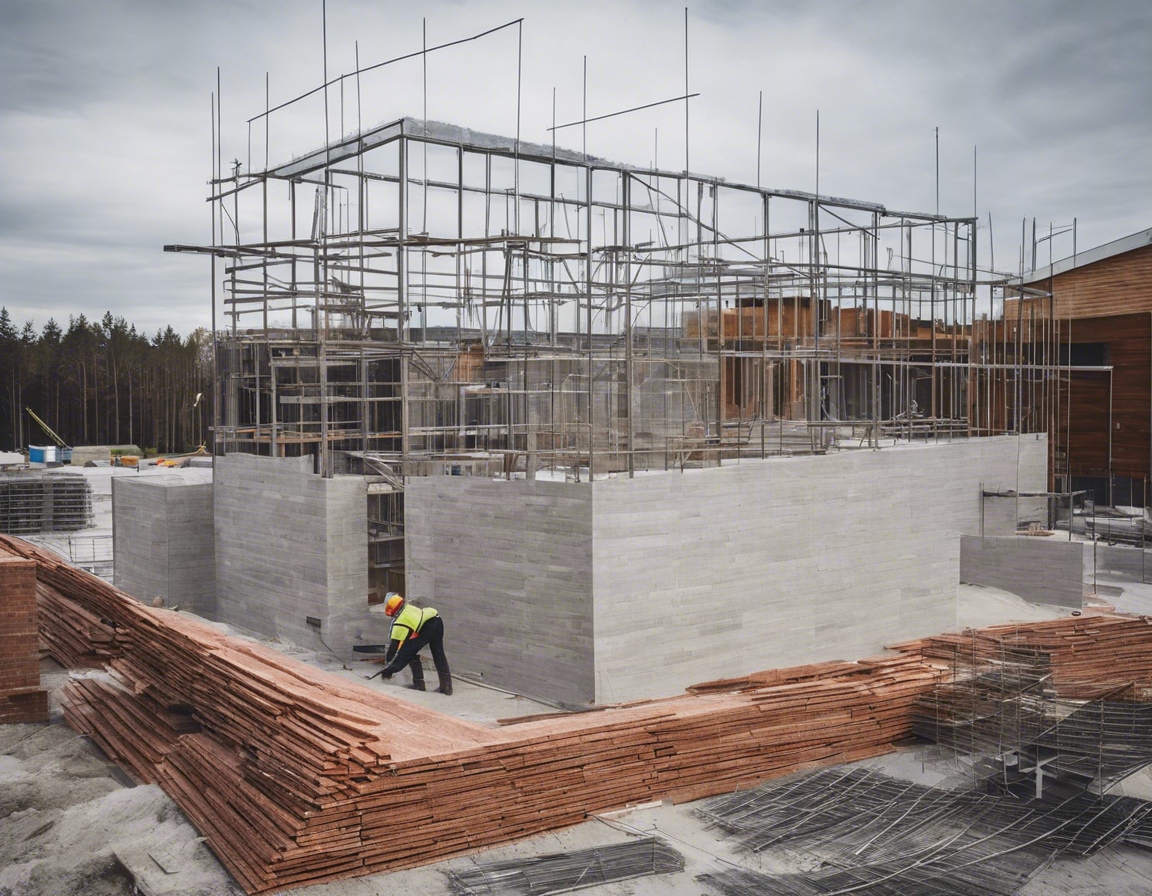

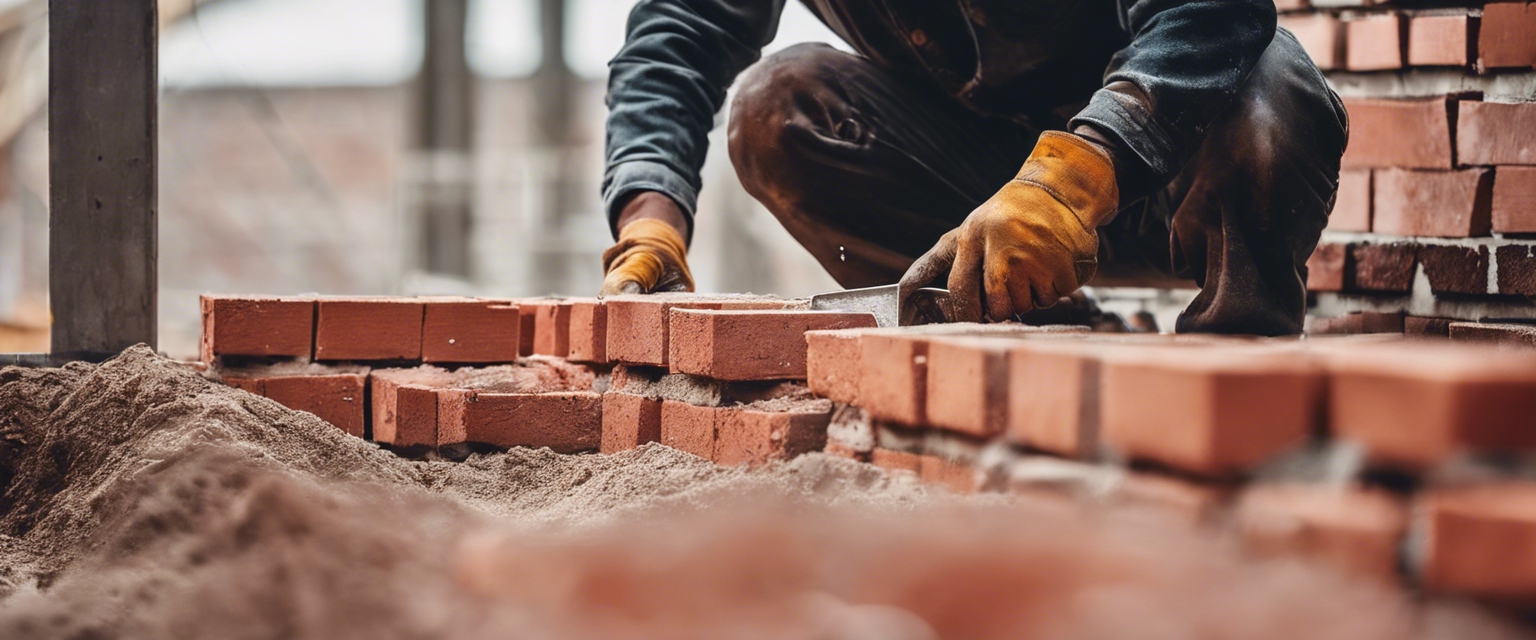
Comments (0)